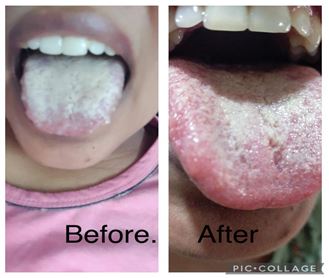Ayurvedic approach in the functional improvement of Systemic Lupus Erythematosus (SLE) - A Case Report
DOI:
https://doi.org/10.21760/jaims.8.12.40Keywords:
SLE, Systemic lupus erythematosus, Vataraktha, Basti, Case reportAbstract
Systemic lupus erythematosus (SLE) is an auto immune disease in which organs and cells undergo damage mediated by tissue-binding autoantibodies and immune complex.[1]. 90% of patients are women of child-bearing years are affected with this disease. According to Ayurveda, the signs and symptoms can be included under the purview of Vataraktha. Case summary: A 43-year-old female patient approached with chief complaints of pain over bilateral elbow joints, shoulder joints and low back pain, burning sensation over toes for 8 years associated with febrile attacks, coated tongue, mouth ulcer, dryness of mouth aggravated since 2 months. The Ayurvedic diagnosis was made as Vataraktha on the basis of signs and symptoms. The patient was given Sadyovirechana (Purgation therapy), Basti therapy (enema) along with other external procedures and internal medications. Significant improvement was observed after the treatment in terms of VAS Score and other subjective parameters. This case study shows that Ayurvedic treatment is helpful in the functional improvement of SLE and helps in improving the quality of life.
Downloads
References
Fauci A, Braunwald E, Kasper D, Hauser S, Longo D, Jameson J, Loscalzo J. Harrison's Manual of Medicine, 17th Edition. McGraw-Hill Professional; 2009; p. 2075.
Agnivesha. Charaka Samhitha with Ayurveda-Dipika Commentary. Edited by Vaidya Jadavji Trikamji Acharya. Chaukhambha Krishnadas Academy, Varanasi; Reprint: 2006. Chikitsa Sthana; 29:20, p. 628.
Agnivesha. Charaka Samhitha with Ayurveda-Dipika Commentary. Edited by Vaidya Jadavji Trikamji Acharya. Chaukhambha Krishnadas Academy, Varanasi; Reprint: 2006. Chikitsa Sthana; 29:88, p. 631.















